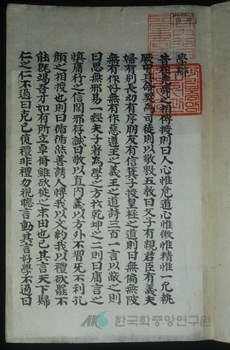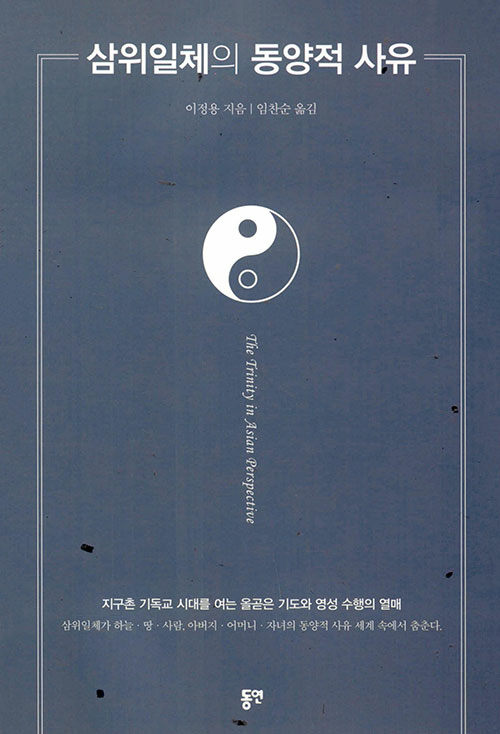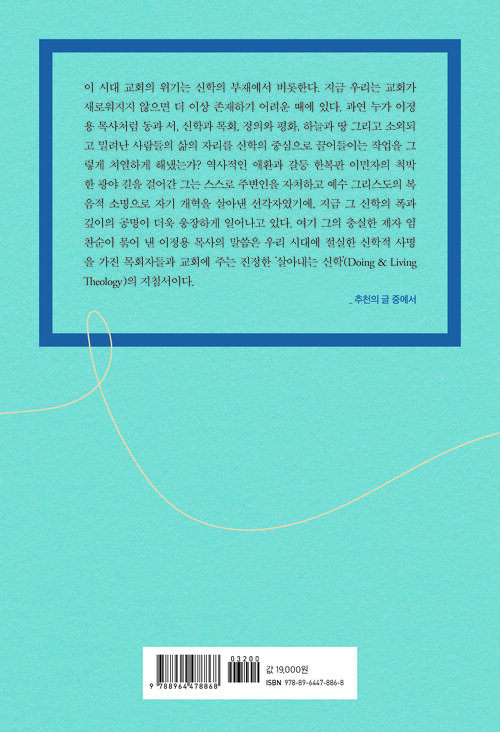The Mind's Own Physician: A Scientific Dialogue with the Dalai Lama on the Healing Power of Meditation Paperback – 1 September 2013
by Jon Kabat-Zinn (Author)
4.5 4.5 out of 5 stars 67 ratings
See all formats and editions
Kindle
$17.12
Read with Our Free App
Hardcover
$42.22
2 Used from $79.00
4 New from $42.22
Paperback
$33.95
8 New from $33.95
By inviting the Dalai Lama and leading researchers in medicine, psychology, and neuroscience to join in conversation, the Mind & Life Institute set the stage for a fascinating exploration of the healing potential of the human mind. The Mind's Own Physician presents in its entirety the thirteenth Mind and Life dialogue, a discussion addressing a range of vital questions concerning the science and clinical applications of meditation: How do meditative practices influence pain and human suffering? What role does the brain play in emotional well-being and health? To what extent can our minds actually influence physical disease? Are there important synergies here for transforming health care, and for understanding our own evolutionary limitations as a species?
Edited by world-renowned researchers Jon Kabat-Zinn and Richard J. Davidson, this book presents this remarkably dynamic interchange along with intriguing research findings that shed light on the nature of the mind, its capacity to refine itself through training, and its role in physical and emotional health.
===
288 pages
2013
About the Author
Jon Kabat-Zinn, PhD, is founding Executive Director of the Center for Mindfulness in Medicine, Health Care, and Society at the University of Massachusetts Medical School. He is also the founding director of its renowned Stress Reduction Clinic and Professor of Medicine emeritus at the University of Massachusetts Medical School. He teaches mindfulness and Mindfulness-Based Stress Reduction (MBSR) in various venues around the world. He received his Ph.D. in molecular biology from MIT in 1971 in the laboratory of Nobel Laureate, Salvador Luria. He is the author of numerous bestselling books about mindfulness and meditation. Overall, his books have been translated into over 30 languages.
Product details
Publisher : New Harbinger Publications; Reprint edition (1 September 2013)
Language : English
Paperback : 288 pages
Customer Reviews: 4.5 4.5 out of 5 stars 67 ratings
About the authors
Follow authors to get new release updates, plus improved recommendations.
Previous page
Follow
Jon Kabat-Zinn
Jon Kabat-Zinn, PhD, is internationally known for his work as a scientist, writer, and meditation teacher engaged in bringing mindfulness into the mainstream of medicine and society. He is professor of medicine emeritus at the University of Massachusetts Medical School and author of numerous books, including Full Catastrophe Living, Arriving at Your Own Door, and Coming to Our Senses.
See more on the author's page
Follow
Zara Houshmand
Discover more of the author’s books, see similar authors, read author blogs, and more
See more on the author's page
See more on the author's page
Next page
Sponsored
How would you rate your experience shopping for books on Amazon today?
Top reviews from other countries
anh tran
5.0 out of 5 stars exceed expectation
Reviewed in the United States on 6 September 2022
Verified Purchase
I bought this book described as "Used-Very Good", sold by Jenson Books, Inc. The book I received is perfect, clean, and like new. I am so very pleased. Thank you Jenson Books.
The book itself is a pleasure to read. The book presents fascinating and interesting scientific evidence of healing effects of meditation and mind training.
Report
Big Bill
4.0 out of 5 stars Good , but requires furthur elaboration.
Reviewed in Canada on 28 March 2014
Verified Purchase
This book is worth reading for anyone interested in the Dalai Lama. This book is a record of a panel discussion
regarding the benifits of meditation on the mind , particularly regarding the treatment of depression , attended by the leading scientists in that field of study at the time. The results were very positive. While the book is an overwhelming endorsement
encouraging the study of meditation , it is not a mediation manual.
One person found this helpful
Report
Anjum Sayed
4.0 out of 5 stars I am sure this is going to be as good as his other books
Reviewed in the United Kingdom on 5 June 2017
Verified Purchase
Have not read it fully yet, but started it and as the Dalai Lama always says the right thing, I am sure this is going to be as good as his other books. Like it and will recommend it.
Report
MR_JB
3.0 out of 5 stars Page missing
Reviewed in the United States on 8 January 2022
Verified Purchase
Page 68 is missing. I guess I'll find out if anything else is missing as I continue to read
Customer image
Report
Mindfulness Grower
5.0 out of 5 stars Being There!
Reviewed in the United States on 30 October 2012
Verified Purchase
I have had the pleasure of hearing live, both Jon Kabat-Zinn and Richard Davidson, so was very interested in this work. As I work my way through the book, it is like "being there" and listening to this very powerful dialogue. I find myself re-reading pages, and then turning back to the index, and looking for links and connections that add to my understanding. This is going to be on my must read list for individuals in my meditation and mindfulness experiences from cancer survivors to employees. Enjoy and grow!
7 people found this helpful
Report
Displaying 1 - 10 of 40 reviews
Profile Image for RandomAnthony.
RandomAnthony
394 reviews
110 followers
Follow
April 10, 2012
The Mind's Own Physician is a fascinating book. The text is an edited collection of transcripts from a conference where the Dalai Lama listened and responded to various presentations (from what I can tell) on the intersection between meditation/mindfulness and empirical brain research. Moderated dialogue and questions from the audience followed each presentation. I'm not a neurologist (they're the ones who study the brain, right?) but I could follow along with the science pretty well and comprehend most of the conversations' implications (I hope). The dialogue appeared to focus mostly on how meditation and meditation-like activity impact the brain and, by extension, physical health and well-being. For example, a presenter might discuss the findings of a study on how meditation succeeded or failed to succeed in treating chronically depressed patients. Then the Dalai Lama would respond with his perspective of how the Buddhist tradition might frame these implications.
This book is more interesting than I'm describing. A few of the scientists are downright giddy with meditation's potential health impact, but they're academics, so they're careful to temper their assertions with reasonable concerns about methodology. The text and conference seem to embody rarefied air; I don't think a reader could ever lose the sense that the conference speakers are a slew of rich white people fawning over the Dalai Lama, and some of the conversations about the definition of happiness, while well-intentioned, are tainted a bit as I picture these broad, theoretical dialogues taking place in a comfortable auditorium amongst pampered professors. Still, I think the participants mean well, and they seem way into what they're doing. I learned a lot about the brain and strengthened my very inconsistent meditation practice while reading The Mind's Own Physician. I imagine nearly all academic conferences would make awful books, but The Mind's Own Physician is an exception, and whoever chose to transform the conference into a book made a wise decision.
5 likes
Like
Comment
Profile Image for Carol.
Carol
1,639 reviews
22 followers
Follow
February 6, 2012
'The Mind's Own Physician' is a dialogue in five sessions between the Dalai Lama and a set of physicians and researchers before an audience at the Mind and Life Institute. If you would like more information about the past or future sessions, here is the web address:
http://www.mindandlife.org/
The dialogue in this book was aimed at finding meditation and mindfulness practices that could be incorporated in medicine. There are very many ways to meditate as HH Dalai Lama states. He didn’t have an educational background in medicine, biology so he needed more information about the terms or how things worked, he asked questions. He was asked to and gave a summary of the principle themes in Buddhism. That also helped to make sure that no one was getting lost when he was using terms common in Buddhism.
Since I don’t want to give too much away in the findings explored and the commonalities of Buddhist thought and modern neurobiology, I will just mention a little of what was discussed in Session One.
Pain was discussed. HH Dalai Lama explained there are two parts to pain (1) the pain itself and (2) the arrows around it or the feelings around it. We ask ourselves, will this ever end? It is killing me; will it ever get any better? Buddhist meditation can do nothing about the pain but it can change the added pain of thoughts about the pain. And that can help people feel better. That part of the burden can be lifted and the person with pain can feel freer.
A research study on psoriasis was given as an example of using mediation as a healing tool. Both the control group and the experimental group were given UVB or PUBA light treatments. But only the experimental group also listened to meditation tapes. But as illustrated in this book, the graphs showed that the group who listened to the tapes healed faster than those who just received the light treatment.
This book does still have a lot of religious and medical terminology that you need to learn in order to understand the concepts so it is not a book that you can read quickly. I recommend reading about one session and then letting the book sit for a while. That way, you can come up with your own questions and perhaps explore something in more detail that was brought up in a chapter.
I recommend this book to everyone interested in learning about the benefits and limitations of meditation to medical problems.
I received this book from the GoodReads program but that in no way influenced my review.
2012
first-reads
non-fiction
2 likes
Like
Comment
Profile Image for Matthew.
Matthew
34 reviews
3 followers
Follow
August 12, 2022
Sadly, not much of a dialogue. More like people talking at each other. The scientists and clinicians try to champion "meditation", this apparently universal remedy, while the Buddhists keep trying to remind everyone that "meditation" isn't one thing, that each form has its own purposes and methods, and that some could even be harmful to the wrong person at the wrong time. The best parts of the books are the discussion sessions between presentations where the Monks share at length about Buddhist theories and practices. Makes me want to keep learning more.
2 likes
Like
Comment
Profile Image for Anthony Louis Garavito.
Anthony Louis Garavito
103 reviews
7 followers
Follow
February 12, 2019
The dialogues have extensive philosophical, scientific and religious content. It touches on such interesting topics as psychology, medicine, neuroscience and theology. From the hand of eminent world-class researchers such as Richard Davidson, Jon-Kabat Zinn and Wolf Zinger, they teach us in a well-founded way the importance of training the mind to achieve well-being and emotional balance that the citizens of the 21st century so need. Meditation is not a practice exclusive to a religious group; Quite the opposite is a universal and secular training; as Buddha said: Do not do the things I teach you because Buddha says so; Put them into practice yourself and draw your own conclusions. The interventions that I liked the most were those of Matthieu Ricard, Ajan Amaro and Alan Wallace.
favorites
====
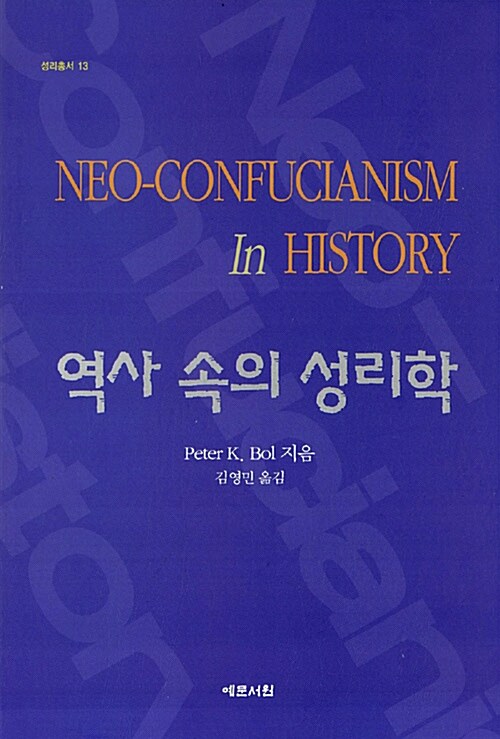












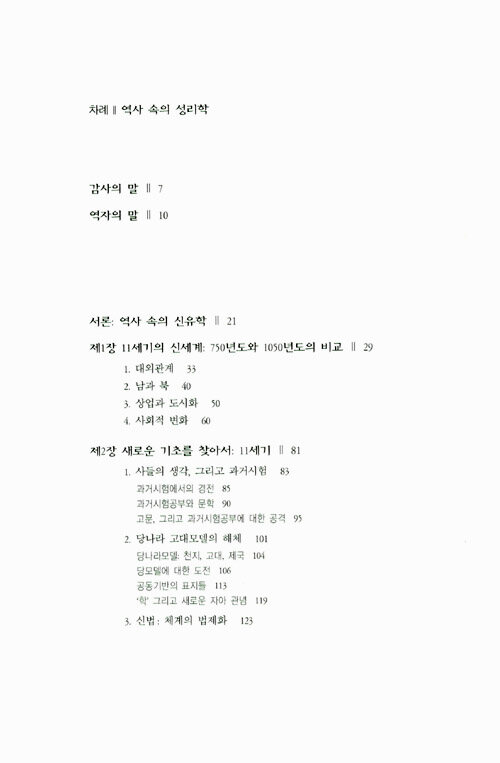

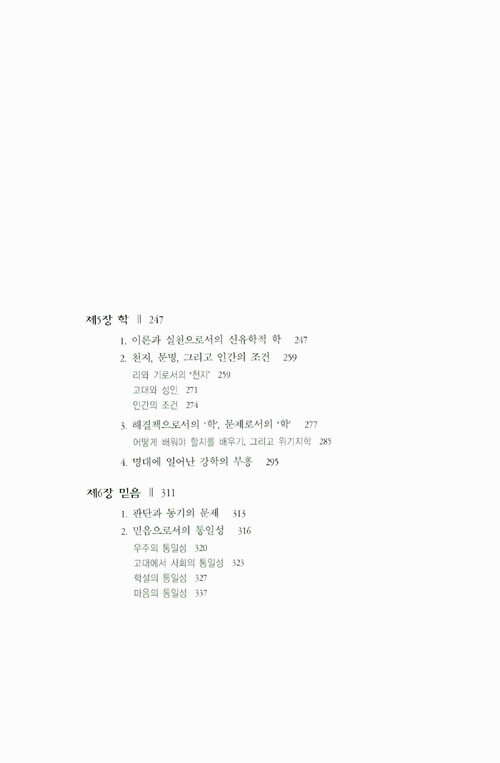
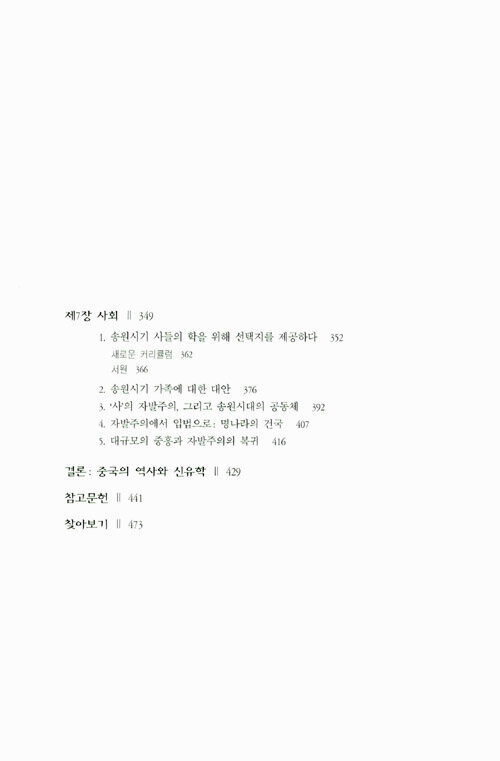











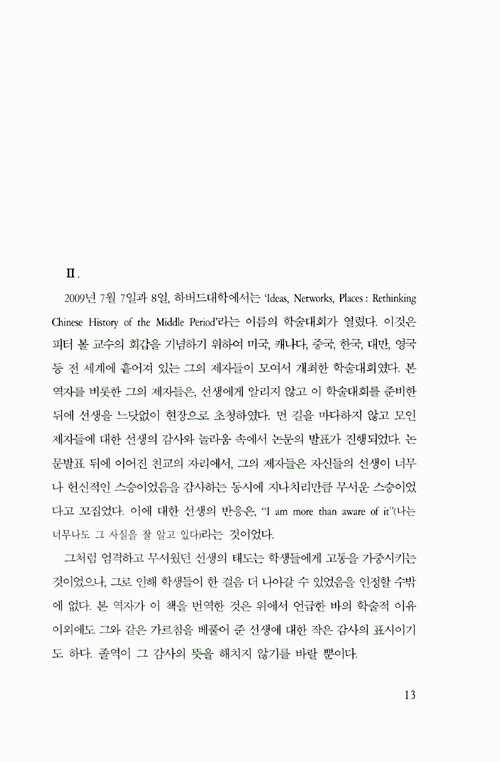

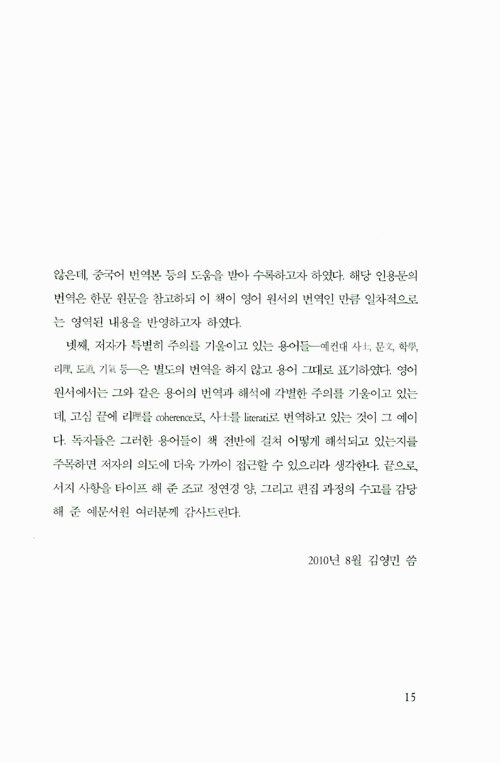


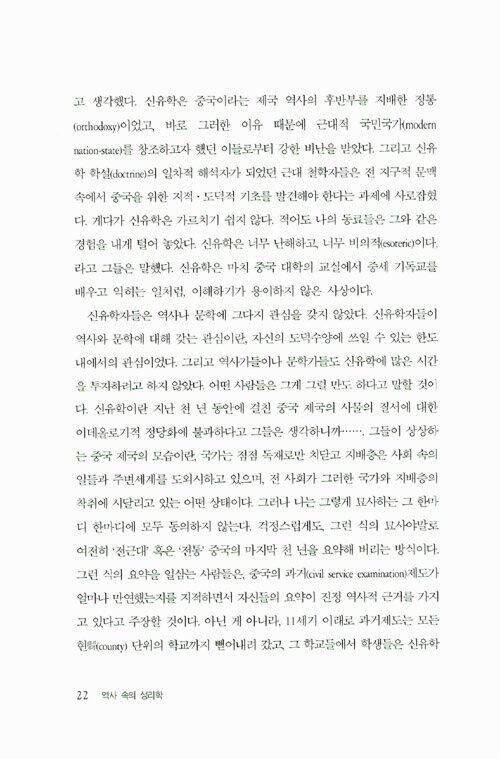

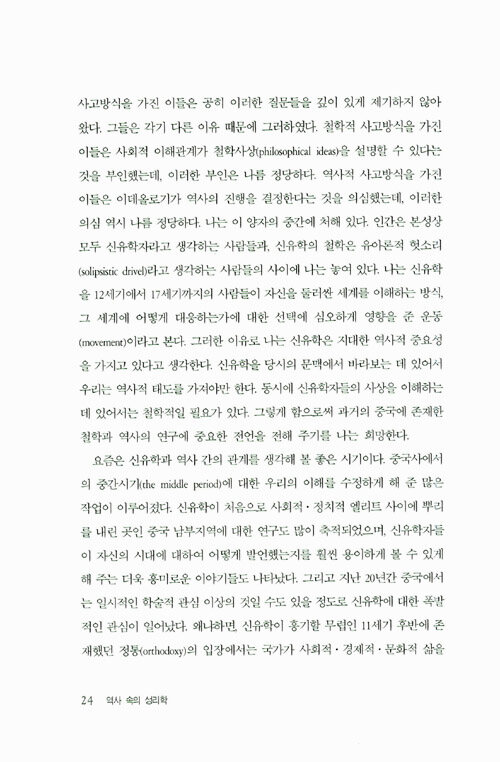
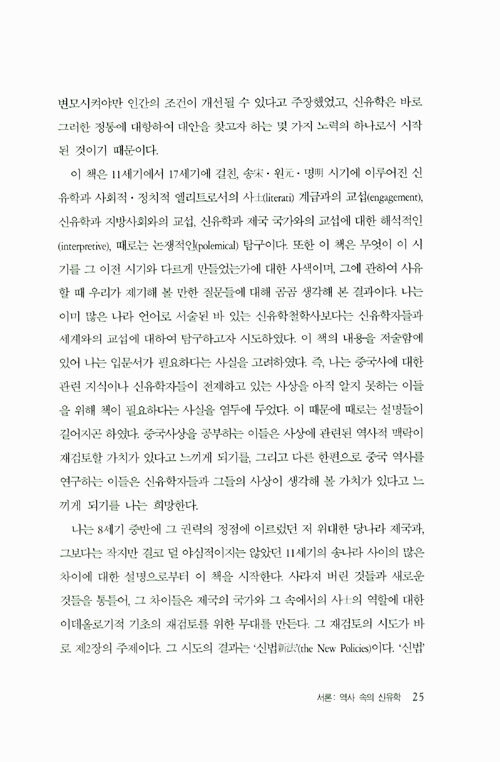



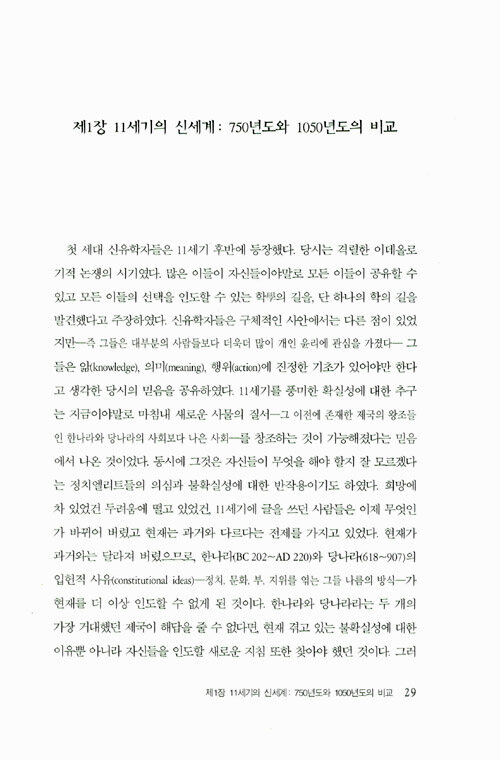
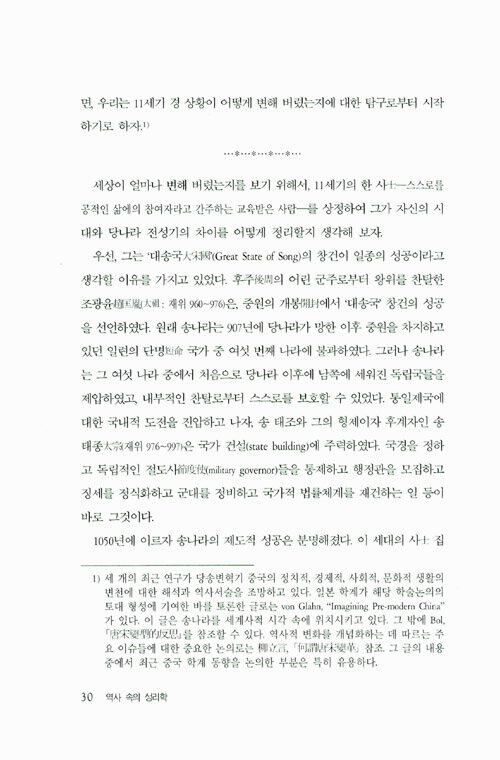





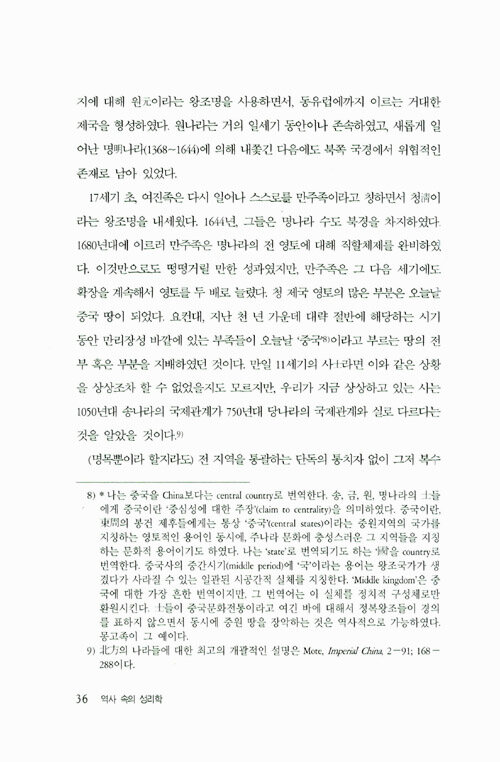


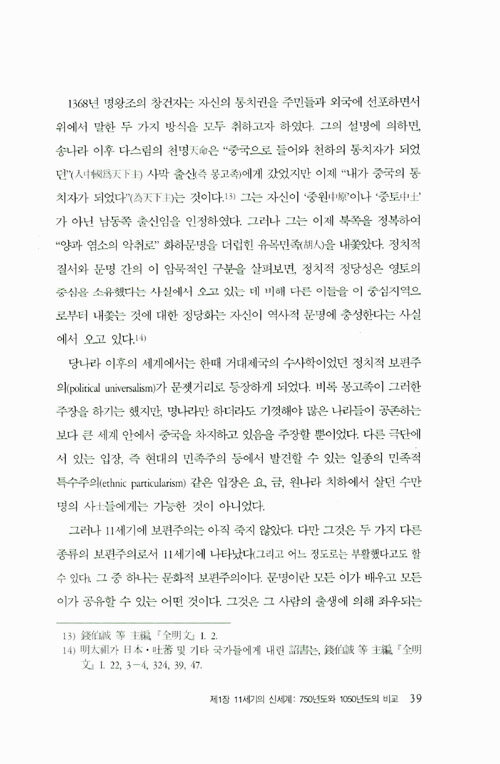
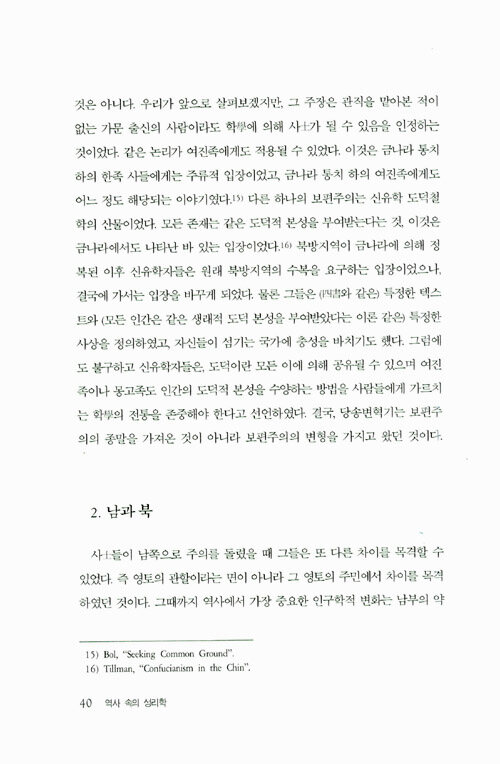
 미리보기
미리보기

 8.5 100자평(2)리뷰(2)
8.5 100자평(2)리뷰(2)












































































